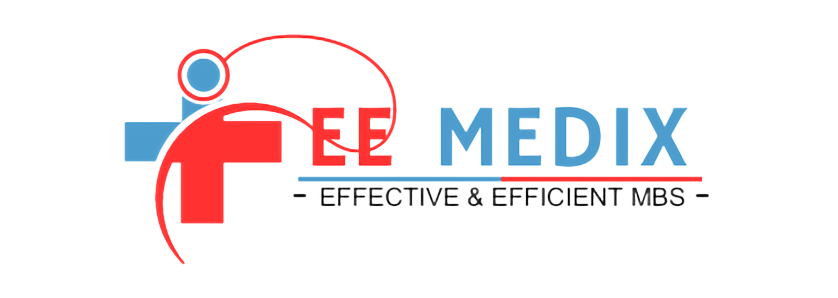In the complex world of healthcare, precision and efficiency are paramount, especially when it comes to dermatology medical billing. Accurate billing not only ensures that healthcare providers are fairly compensated for their services but also minimizes the risk of costly errors and regulatory non-compliance. In this comprehensive guide, we delve into the intricacies of dermatology medical billing, shedding light on how to maximize efficiency and accuracy in this specialized field of healthcare administration.
The Importance of Dermatology Medical Billing
Dermatology, a branch of medicine focused on diagnosing and treating conditions related to the skin, hair, and nails, plays a crucial role in the healthcare ecosystem. Whether it’s addressing skin cancers, acne, or dermatitis, dermatologists provide invaluable services to patients, improving their quality of life. Behind the scenes, the financial aspects of these services are equally significant.
Effective dermatology medical billing is a multifaceted process that requires an in-depth understanding of medical codes, insurance regulations, and compliance standards. The precision with which these processes are managed not only impacts a dermatology practice’s bottom line but also the overall healthcare system’s financial health.
Navigating the Complex Landscape of Dermatology Medical Billing
Comprehensive Documentation
One of the cornerstones of efficient dermatology medical billing is comprehensive documentation. Dermatologists must meticulously record patient information, diagnoses, procedures performed, and treatment plans. Detailed documentation ensures that all services provided are properly coded and billed, reducing the risk of denials or audits.
Accurate Coding
Accurate coding is the linchpin of dermatology medical billing. Healthcare providers need to assign the correct Current Procedural Terminology (CPT) and International Classification of Diseases (ICD) codes to each patient encounter. Mistakes in coding can lead to claim denials, delayed payments, and legal repercussions.
Understanding Insurance Regulations
Navigating the complex world of insurance regulations is vital. Dermatology practices must be aware of the specific requirements of various insurance companies, including Medicaid and Medicare. Compliance with these regulations is essential to avoid costly penalties and claim rejections.
Timely Submission
Efficiency in dermatology medical billing also involves submitting claims in a timely manner. Delays in claim submission can lead to payment delays and increased administrative overhead. Using an electronic health record (EHR) system can streamline the submission process and reduce the risk of errors.
Utilizing Technology for Enhanced Efficiency
In today’s digital age, technology is a powerful ally in optimizing dermatology medical billing processes. EHR systems, medical billing software, and revenue cycle management tools can significantly improve accuracy and efficiency. These technological solutions offer the following advantages:
Automated Coding Assistance
Medical billing software often includes features that assist in coding procedures accurately. These systems can suggest appropriate codes based on the services provided, reducing the risk of coding errors.
Claim Tracking and Management
EHR systems and billing software allow dermatology practices to track the status of their claims. This real-time information enables quick intervention in case of denials or delays.
Compliance Monitoring
Many medical billing solutions also incorporate compliance monitoring tools. These tools help practices stay up-to-date with changing regulations, reducing the risk of non-compliance.
Training and Education
Efficiency and accuracy in dermatology medical billing are not solely reliant on technology. Continuous training and education for the billing and coding staff are crucial. Dermatology practices should invest in ongoing training to ensure that their staff is well-versed in the latest regulations and coding guidelines.
Minimizing Errors and Denials
A critical component of maximizing efficiency in dermatology medical billing is minimizing errors and denials. These issues can lead to significant financial losses and increased administrative workload. Here are some strategies to reduce errors and denials:
Regular Audits
Conduct regular internal audits to identify and rectify any coding or documentation errors. This proactive approach can prevent denials and financial losses.
Streamlined Workflows
Optimize your practice’s workflows to ensure that the billing process is seamless. Efficient workflows can reduce the likelihood of errors and accelerate the revenue cycle.
Stay Informed
Stay informed about changes in insurance policies and regulations. Regularly check for updates from payers and relevant regulatory bodies to ensure compliance.
Conclusion
Efficiency and accuracy in dermatology medical billing are essential for the financial health of dermatology practices. By focusing on comprehensive documentation, accurate coding, compliance with insurance regulations, and timely claim submissions, practices can enhance their billing processes. Leveraging technology, offering ongoing education, and minimizing errors and denials are critical steps toward optimizing dermatology medical billing.
Dermatology practices that prioritize these aspects will not only achieve better financial outcomes but also contribute to the overall efficiency and integrity of the healthcare system. In the ever-evolving world of healthcare, precision in billing is a cornerstone of success.

